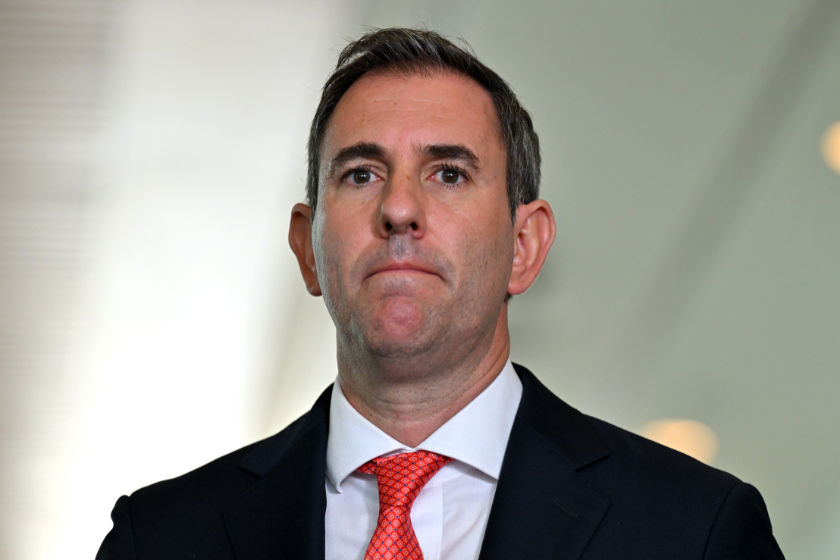Equipping professional accountants for sustainability
The International Federation of Accountants has developed a concise resource to guide accounting professionals and...
READ MORE
Treasurer Jim Chalmers will say lower commodity prices and a softening labour market mean this year’s revenue upgrade will be modest, when he outlines on Thursday the government’s strategy for the May 14 budget.

At the same time, Chalmers will all but confirm the budget will be in the black, declaring, “We are still shooting for a second surplus”.
He also will indicated the government is likely to bank a smaller proportion than previously of what revenue upgrade there is. In earlier budgets it banked almost all of it. This time, he says, “we’ll bank what we can” of the upgrade.
Chalmers’ first two budgets were each helped by revenue upgrades of more than $100 billion, but there won’t be any such bonanza this year.
“In fact we are even looking at much less than the $69 billion we booked in the latest mid-year budget update,” Chalmers will tell a Committee for Economic Development of Australia function.
On the commodities front, the iron ore price has been falling. “In the last week alone it has fallen by almost 10% due to concerns about the demand for steel in China,” Chalmers says in his address, part of which was released ahead of delivery. Earlier this week, it was trading at less than $94 a tonne.
“Its current price is around 20% cent lower than it was this far out from last year’s budget.”
Thermal coal has been on the general path Treasury assumed in the December mid-year budget update. But its present price is about a third lower than this time last year.
The strong labour market contributed a good part of the revenue upgrades of the previous budgets.
Chalmers says while the labour market remains resilient, it is softening. “So we won’t get the very substantial revenue upgrades we’ve seen from outperforming expectations here.
"At the end of last year, there were 14.2 million Australians in work – this is around 500,000 more than Treasury was forecasting at the time of the election.
"We welcome this, but we don’t expect to get such upside forecast surprises this time around.”
Chalmers says the three biggest drivers of the government’s strategy for this budget are “global uncertainty, persistent cost of living pressures, and slowing growth”.
“These pressures necessitate an approach to the third budget which is a little bit different, but not a lot different, to the first two,” he says.
“There will still be a premium on what’s responsible, affordable, meaningful and methodical.
"There will still be a primary focus, but not a sole focus, on inflation.”![]()
Michelle Grattan, Professorial Fellow, University of Canberra
This article is republished from The Conversation under a Creative Commons license. Read the original article.